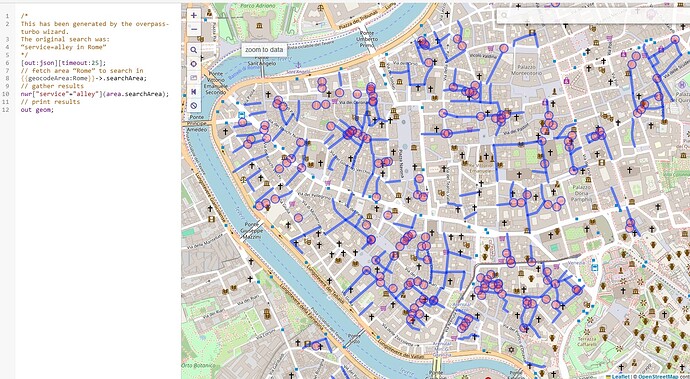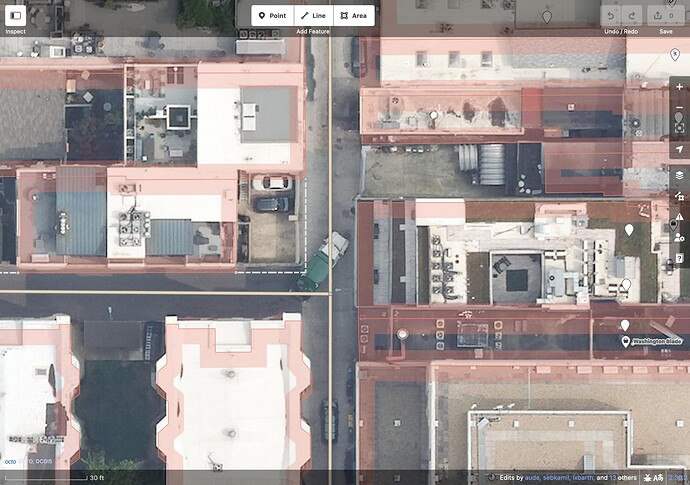The current use of service=alley has been a longstanding source of conflicts among mappers, with various discussions around, including a recent introduction a new highway=alleyway proposal to address this.
While the proposed highway=alleyway tag aims to cover streets too narrow for some automobiles, it faces a few significant issues:
- The name conflicts with the established
service=alleyusage. - It doesn’t address the conflicting use of back and front access roads that are wide enough for automobiles.
- Introducing a new tag would hide existing data from maps, and mappers may be hesitant to adopt it until most renderers and routers support it.
Instead, I propose a more gradual approach by proposing two new service=utility and service=lane sub-tags. This would simplify the transition from service=alley without the need for a completely new top-level tag.
Note: there may be objections that some of the use-cases described below don’t fit the traditional highway=service definition (similarly to service=busway topic), but since these are already in use worldwide, adopting new service=* values could pave the way for a smoother transition to a dedicated highway tag in the future.
Use-cases
Currently, service=alley is applied to three distinct scenarios:
-
Backstreet Utility Access
Service lanes that provide rear access to utility poles, fire escapes, garages, delivery zones, and garbage collection points. Commonly referred to as “alleys” in North America.
-
Narrow Urban Streets Between Buildings
These narrow streets serve slow-moving local traffic and are often more pedestrian-friendly than typical roads. Provide front-access to homes and businesses. Found in medieval European cities (e.g., “Gasse” in Germany).
Alternative Tagging:
highway=residential -
Narrow Urban Paths
Paths too narrow for standard 4-wheel vehicles, primarily used by motorcycles, and branching off of main roads. Common in dense urban areas in Asia, where motorcycles are widely and legally used.
Alternative Tagging:
highway=path + motorcycle=yes,highway=footway + motorcycle=yes
Proposal
By refining service=alley into more specific categories, we can better represent the variety of narrow ways without compromising existing data or usability.
- Introduce
service=utilityfor use-case 1, implyingmotor_vehicle=yes. - Keep
service=alleyfor use-case 2, implyingmotor_vehicle=yes. - Introduce
service=lanefor use-case 3, implyingmotor_vehicle=noandmotorcycle=yes.
What are your thoughts?
Reading resources
- Alley - Wikipedia
- Back lane - Wikipedia
- Tag:service=alley - OpenStreetMap Wiki
- Proposal:Alleyway - OpenStreetMap Wiki
- Should narrow roads that are too small for cars still be tagged as minor roads? - #2 by Jarek_Piórkowski
- What is the recommended tagging approach for routing narrow residential roads?


